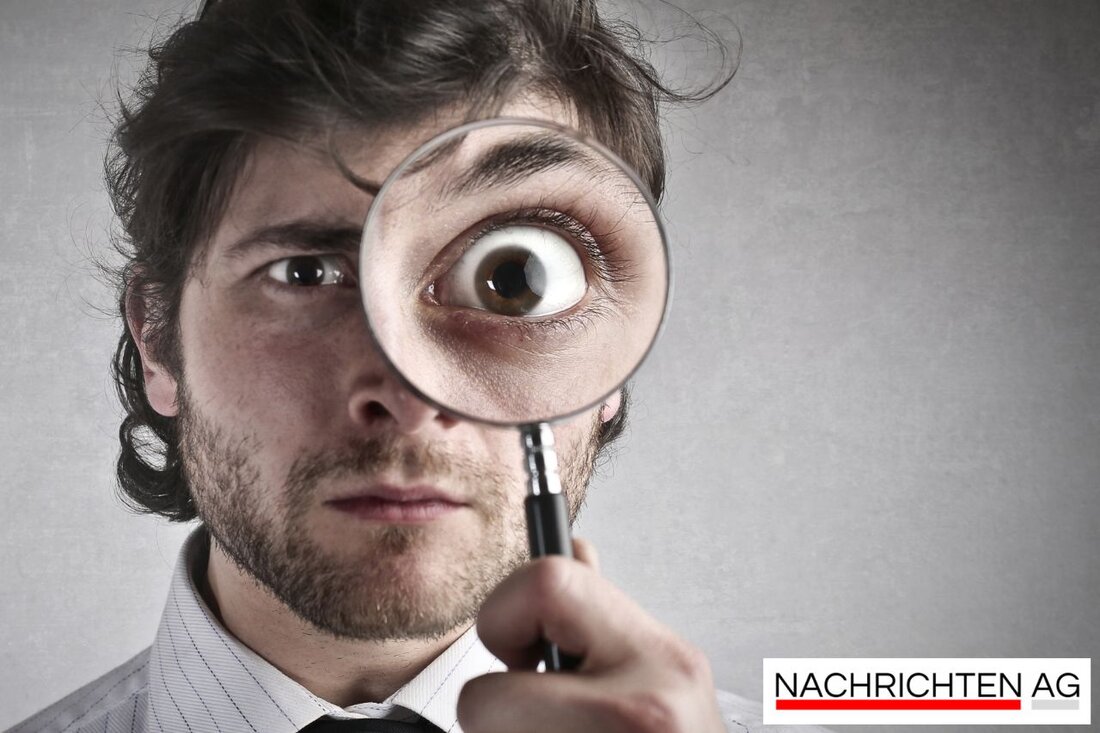Magic sounds in the Trausaal: Schmargendorf chamber concert on June 15th!
Magic sounds in the Trausaal: Schmargendorf chamber concert on June 15th!
On Sunday, June 15, 2025, at 5 p.m., the 10th Schmargendorf chamber concert takes place in the historic traus hall of the Schmargendorf town hall. The event is under the patronage of district councilor Heike Schmitt-Melz and will focus on the old music, which includes works from the Epochs of the Renaissance, Baroque and Classic. The musicians of the concert, who all work as experienced teachers at the City West music school and represent experts in old music, deserve special attention.
The artists include Petra Hildner on the Travers flute, Sylvia Corinna Rosin on the recorder and Jochen Spaan on the harpsichord. Admission to this traditional concert is free, but registration is recommended at trausaal@ms-cw.de to ensure that enough places are available. The event location can be found at Berkaer Platz 114, 1199 Berlin.
The variety of old music
The old music, a term that covers a period of around 1600 to 1750, has shaped European music culture. The baroque music, which emerged from this time, is often described as a music era in which the instrumental music emancipated from the traditional forms and new forms of music such as the opera and the oratorium were created. Witnesses of this development are famous composers such as Johann Sebastian Bach and Antonio Vivaldi, whose works such as "The four seasons" are still popular.
The Baroque itself was originally connoted negatively, described a art era, which was considered overloaded, which captured with splendor and splendor. The musicians of that time sought to express the deepest human feelings with their compositions, which is known as "affects". So they used string and wind instruments to create a wide range of sound that often reminded of the human voice.
historical classification of baroque music
The term "baroque" is most likely derived from the Portuguese words "Pèrola Barroca", which mean "Unven Pearl" and originally bore a negative connotation. This era is divided into three main phases: the early baroque (1600-1650), the high baroque (1650-1710) and the late baroque (1710-1750). Central to the music of this time was the general bass, an element that was made popular by Claudio Monteverdi and was of great importance for the musical improvisation of the soloists.
The churches and royal houses of the time promoted large ensembles to show their wealth and influence. The widespread use of castrates in choirs and operas is another characteristic characteristic of the baroque, although Georg Friedrich Händel, an important composer of the late baroque, did not work with these singers.
In contrast to previous reviews, which the Baroque period often criticized in the 18th century, baroque art in the 19th century experienced rediscovery. As a result, the time between Renaissance and classicism was summarized under a uniform term that Baroque was summarized. The long and complex development of music and its forms in this era is still of great importance and is kept alive through events such as the Schmargendorf chamber concert.
| Details | |
|---|---|
| Ort | Berkaer Platz 114, 1199 Berlin, Deutschland |
| Quellen | |


Kommentare (0)